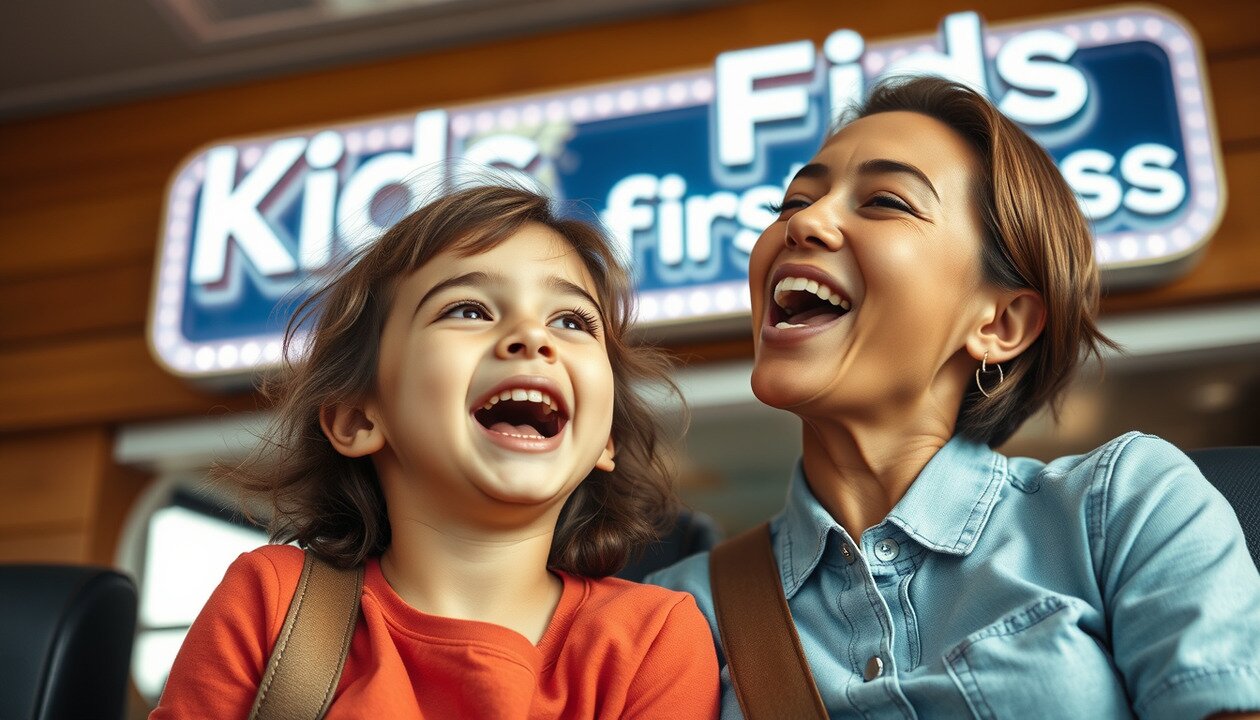
I — Intelligence by Rhythm
Melody and Repetition Build Vocabulary, Comprehension, and Expression.
Rhythm teaches timing and flow, essential for speech and reading. Melody adds structure, making complex ideas easier to remember. Repetition turns sound into language — effortlessly.
Why Rhythm Is the Brain’s Original Language Teacher
Before children speak, read, or write — they feel rhythm.
Before they understand grammar, they intuit pattern.
Rhythm is how the brain learns to think.
At Kids First Class, we harness rhythm and melody as tools to shape not only speech but higher intelligence — from vocabulary to comprehension, to expressive fluency. This isn’t just music. It’s brain architecture.
Melody = Structure + Meaning
Melody isn’t decoration — it’s design.
Each tune provides predictable structure that makes language easier to absorb and recall.
Why does a child remember the words to a song before they can recite a sentence?
Because melody wraps meaning in order — like scaffolding for memory.
Songs teach children:
Story flow and cause-effect
Emotional tone through pitch
Complex phrases made simple through repetition
Melody organizes the mind. It turns noise into learning.
Rhythm = Timing, Pronunciation, and Fluency
Rhythm teaches far more than musicality.
It sharpens:
Timing (essential for reading fluency and conversational turn-taking)
Syllabic awareness (the foundation of phonics and pronunciation)
Cognitive sequencing (used in math, logic, and problem-solving)
Rhythm helps children break words into parts, anticipate what’s next, and process language like music — with flow, expression, and confidence.
Repetition = Language Without Effort
Unlike rote memorization, musical repetition is wanted, not forced.
Each time a song is replayed:
Vocabulary deepens
Comprehension strengthens
Fluency accelerates
Children don’t even realize they’re learning — because joy is doing the teaching.
Music: The Original Multimodal Language Classroom
When a toddler sings, they’re engaging:
Auditory memory
Verbal articulation
Motor rhythm
Emotional expression
Cognitive sequencing
That’s full-brain language learning, wrapped in fun.
And because rhythm is processed in both hemispheres of the brain, it naturally bridges creative and analytical functions — creating balanced, expressive, and adaptive communicators.
At Kids First Class, Rhythm Builds Real Intelligence
We don’t drill vocabulary lists.
We build language through rhythm — the way the brain prefers.
By embedding words, meanings, emotions, and structure into songs, we make sure that:
Toddlers speak with confidence
Comprehend with ease
And express themselves with natural joy
All before traditional school even begins.